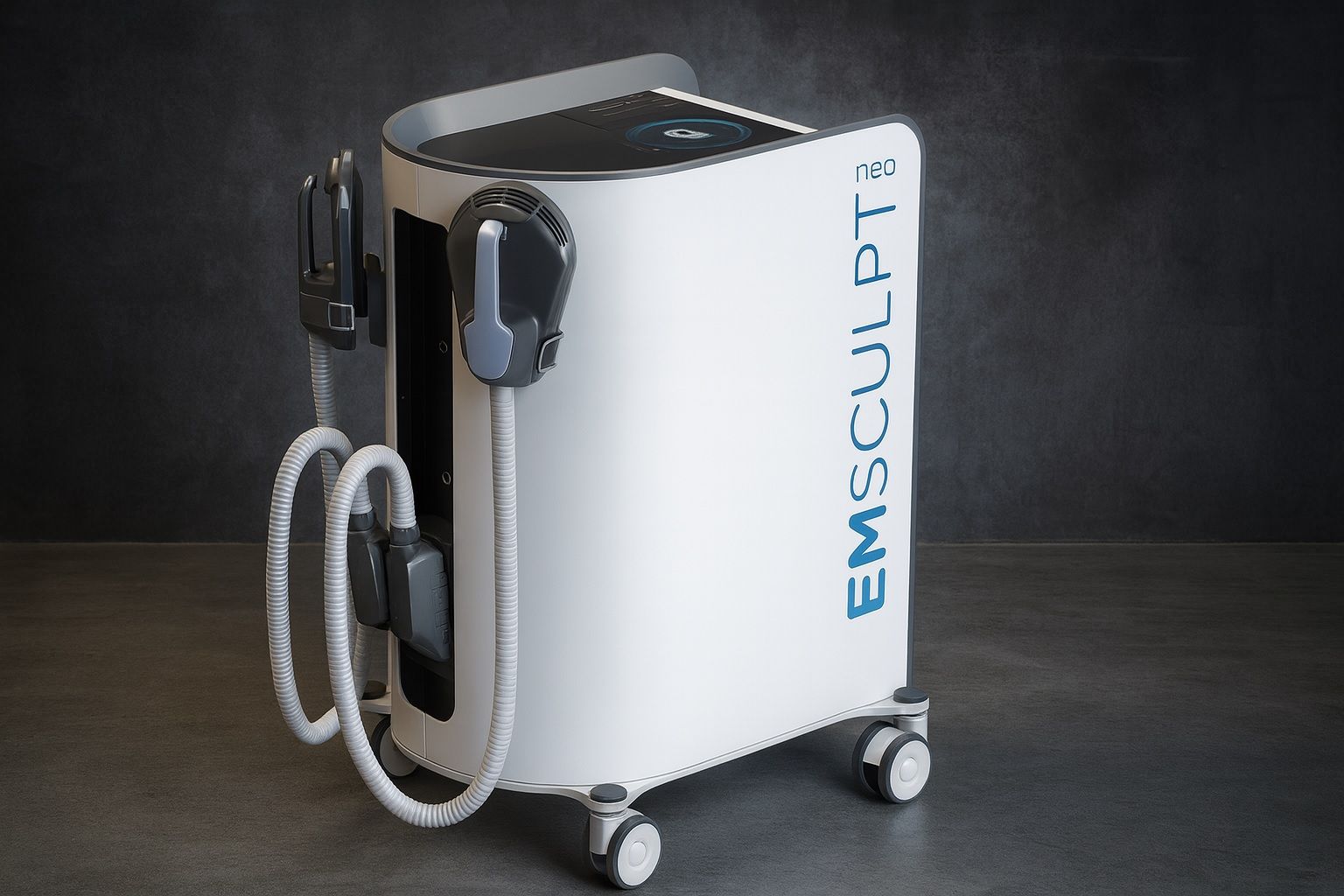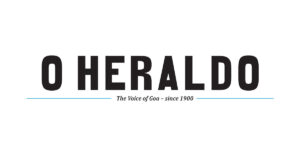Key Takeaways
- Tibor Kapu will be Hungary’s first astronaut to fly since 1980, participating in Axiom Mission 4 in June 2025.
- To combat muscle loss in microgravity, Kapu will use BTL’s EMSCULPT NEO, which has shown superior results in muscle enhancement.
- The commercial spaceflight sector is evolving, with Axiom’s mission serving as a milestone for international participation and private space tourism growth.
Innovative Pre-Flight Training
Tibor Kapu is set to become Hungary’s first astronaut in 45 years during the Axiom Mission 4, scheduled for June 2025. This mission will carry over 60 experiments from 31 nations, featuring a diverse four-person crew that includes astronauts from the USA, Poland, and India. To prepare for the challenges of microgravity, and combat the significant muscle loss astronauts can experience, Kapu will incorporate the EMSCULPT NEO body-sculpting device into his training regimen.
Microgravity can lead to a loss of up to 30% of muscle mass within weeks, making it critical for astronauts to engage in effective physical preparation. EMSCULPT NEO utilizes a combination of radiofrequency and muscle-stimulating pulses, yielding results that exceed those of traditional training methods. Dr. Nóra Sydó, who led Kapu’s training program, reported measurable improvements in muscle hypertrophy, body composition, and cardiopulmonary fitness. The device simulates a high-repetition workout, effectively enhancing strength and endurance without extended gym sessions.
BTL CEO Tomas Schwarz indicates that the technology not only supports space missions but also has broad applications in sports medicine and rehabilitation, highlighting its potential for athletes and patients facing muscle decline.
Historic Mission for Hungary
Kapu’s mission signifies a resurgence in Hungary’s space exploration efforts, as he is part of the HUNOR program launched in 2021. He aims to conduct microgravity research on behalf of Hungarian universities during his flight, symbolizing a new chapter for Hungary in the realm of space science.
The Axiom Mission 4 will mark a new era for commercial space travel, allowing public and private entities to collaborate on missions previously reserved for national space agencies. Each seat on the flight costs about $65 million, funded by government missions, presenting a cost-effective alternative to traditional rockets. Analysts recognize this flight as Axiom’s first break-even operation, underscoring the shift toward privatized space exploration.
NASA officials view these developments as pivotal for the future of the International Space Station, supporting a transition toward commercial operations. Phil McAlister, NASA’s Commercial Space Director, noted that private missions contribute significantly to the future of low-Earth orbit platforms.
Emerging Space Economy
The space tourism market continues to evolve, though stocks, such as Virgin Galactic, exhibit volatility. With a projected annual growth rate of 45% through 2030, analysts remain cautiously optimistic about future profitability in this sector. As innovations like EMSCULPT emerge and commercial missions become more frequent, the narratives surrounding space exploration are increasingly centered on private enterprise, shifting the landscape from solely governmental control to a viable business model.
The content above is a summary. For more details, see the source article.















